Home>Furniture & Design>Interior Design Trends>How To Clean Glass With Vinegar
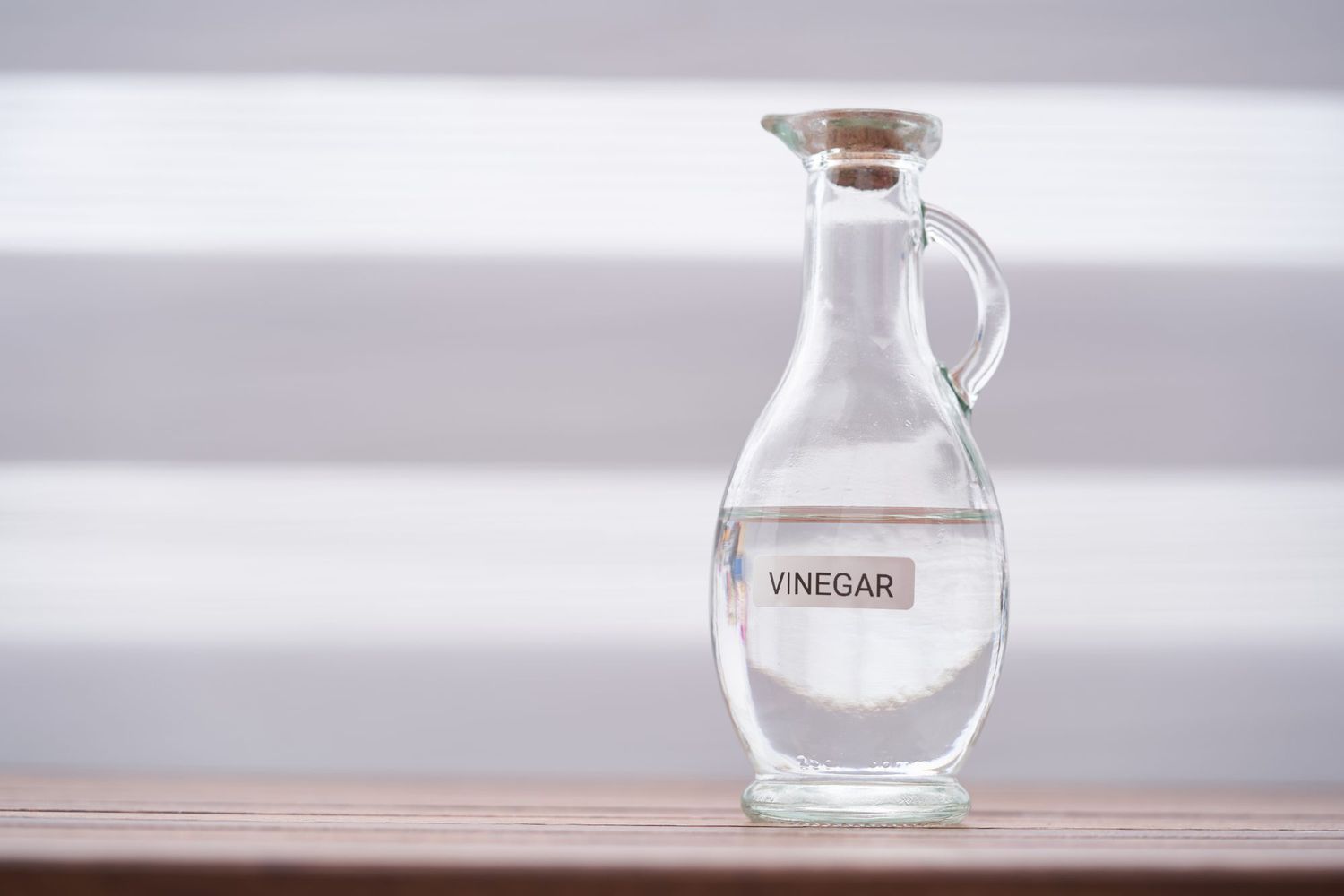

Interior Design Trends
How To Clean Glass With Vinegar
Published: February 4, 2024
Learn how to clean glass surfaces effectively with vinegar and keep up with the latest interior design trends for a sparkling home. Discover the best tips and tricks for maintaining a pristine and stylish living space.
(Many of the links in this article redirect to a specific reviewed product. Your purchase of these products through affiliate links helps to generate commission for Storables.com, at no extra cost. Learn more)
Introduction
Cleaning glass surfaces can be a daunting task, especially when dealing with stubborn stains and streaks. However, with the right approach and supplies, achieving a sparkling, streak-free shine is well within reach. One of the most effective and eco-friendly solutions for cleaning glass is vinegar. This versatile household staple has been used for centuries for its cleaning properties, making it a go-to option for those seeking a natural and cost-effective cleaning solution.
In this comprehensive guide, we will explore the benefits of using vinegar to clean glass, the supplies needed for the task, and a step-by-step process to achieve pristine, crystal-clear results. Whether you're tackling windows, mirrors, or glass tabletops, incorporating vinegar into your cleaning routine can yield impressive results while minimizing the use of harsh chemicals.
By the end of this guide, you will have a clear understanding of how to harness the power of vinegar to achieve a streak-free, gleaming finish on your glass surfaces. So, let's dive into the world of natural cleaning and discover the transformative potential of vinegar for achieving spotless, crystal-clear glass.
Key Takeaways:
- Harness the power of vinegar to achieve sparkling, streak-free glass. Its natural, eco-friendly, and cost-effective properties make it a compelling choice for maintaining immaculate glass surfaces.
- Overcome stubborn stains on glass by adjusting vinegar concentration, extending dwell time, employing gentle abrasion, applying gentle heat, and repeating applications. Embrace the transformative potential of natural cleaning solutions.
Benefits of Cleaning Glass with Vinegar
Cleaning glass with vinegar offers a multitude of benefits that make it a preferred choice for maintaining pristine, streak-free surfaces. Here are the key advantages of using vinegar for glass cleaning:
-
Natural and Eco-Friendly: Vinegar, a mild acid, is a natural cleaning agent that is both eco-friendly and non-toxic. Unlike commercial glass cleaners that may contain harsh chemicals, vinegar provides a safe and sustainable alternative for achieving sparkling clean glass surfaces.
-
Effective Stain Removal: Vinegar's acidic nature makes it highly effective at breaking down and dissolving stubborn stains, including water spots, mineral deposits, and soap scum. This makes it an ideal solution for restoring the clarity and luster of glass windows, mirrors, and tabletops.
-
Streak-Free Shine: When used in the correct dilution, vinegar leaves glass surfaces with a streak-free, crystal-clear finish. This eliminates the need for additional polishing or buffing, saving time and effort while delivering impeccable results.
-
Versatile Cleaning Agent: In addition to its prowess as a glass cleaner, vinegar can also be used to tackle various other cleaning tasks around the home. From disinfecting surfaces to deodorizing, its versatility makes it a valuable asset in any cleaning arsenal.
-
Cost-Effective Solution: Vinegar is a budget-friendly cleaning solution that offers exceptional value for money. With just a small amount of vinegar and water, you can achieve professional-quality results without the need for expensive commercial cleaners.
-
Odor Neutralizer: Vinegar's natural acidic properties make it an effective odor neutralizer, eliminating unwanted smells that may linger on glass surfaces. This makes it particularly beneficial for deodorizing glass in areas such as kitchens and bathrooms.
By harnessing the power of vinegar for glass cleaning, you can transform the way you maintain and care for your glass surfaces. With its natural cleaning properties, cost-effectiveness, and versatility, vinegar stands as a compelling choice for those seeking a sustainable and effective solution for achieving spotless, gleaming glass.
Supplies Needed
To embark on the journey of achieving sparkling, streak-free glass surfaces using vinegar, you will need a handful of essential supplies. These items are readily available and, when combined with the cleaning power of vinegar, will equip you to tackle even the most stubborn stains and blemishes with ease.
1. White Vinegar
White vinegar, a staple in many households, is the star of this cleaning endeavor. Its mild acidity and natural cleaning properties make it an ideal candidate for restoring the luster of glass surfaces. When selecting white vinegar for cleaning, opt for distilled white vinegar, which is free from impurities and additives, ensuring optimal cleaning performance.
2. Distilled Water
In conjunction with white vinegar, distilled water serves as the perfect companion for creating a gentle yet effective cleaning solution. Its purity minimizes the risk of leaving mineral deposits or streaks on glass surfaces, ensuring a pristine finish.
Read more: How To Clean The Dishwasher With Vinegar
3. Spray Bottle
A clean, empty spray bottle is essential for dispensing the vinegar solution onto the glass surfaces. Look for a spray bottle with an adjustable nozzle to control the spray pattern, allowing for even coverage and efficient application of the cleaning solution.
4. Microfiber Cloth or Squeegee
For wiping and drying the glass surfaces, a high-quality microfiber cloth or squeegee is indispensable. These tools are designed to absorb moisture and lift away dirt and grime without leaving lint or streaks behind, ensuring a flawless finish.
5. Optional: Essential Oils
While not essential, adding a few drops of essential oils, such as lemon or lavender, to the vinegar solution can impart a pleasant fragrance and enhance the overall cleaning experience. Essential oils also possess natural antibacterial properties, further boosting the cleaning power of the solution.
By assembling these supplies, you will be well-equipped to harness the natural cleaning prowess of vinegar and achieve impeccable results on your glass surfaces. With the right tools at your disposal, the journey to pristine, crystal-clear glass begins with a simple yet powerful combination of vinegar and essential cleaning supplies.
Step 1: Mix Vinegar Solution
Creating the perfect vinegar solution is the foundational step in achieving sparkling, streak-free glass surfaces. The precise combination of white vinegar and distilled water forms a potent yet gentle cleaning elixir that effectively dissolves grime and restores the luster of glass. To begin, you will need to prepare the vinegar solution by following these simple yet crucial steps:
-
Gather the Ingredients: Start by assembling the necessary supplies, including a clean spray bottle, white vinegar, and distilled water. Ensure that the spray bottle is thoroughly cleaned and free from any residue to prevent contamination of the vinegar solution.
-
Measure the Ingredients: For an effective cleaning solution, combine equal parts of white vinegar and distilled water in the spray bottle. The ideal ratio is a 1:1 mixture, which balances the mild acidity of the vinegar with the purity of distilled water, ensuring optimal cleaning performance without leaving streaks or residue on the glass surfaces.
-
Optional: Enhance with Essential Oils: If desired, you can elevate the cleaning experience by adding a few drops of essential oils, such as lemon or lavender, to the vinegar solution. Not only do essential oils impart a delightful fragrance, but they also contribute natural antibacterial properties, further enhancing the cleaning efficacy of the solution.
-
Secure and Shake: Once the ingredients are combined in the spray bottle, securely fasten the nozzle and shake the bottle vigorously to ensure thorough mixing of the vinegar and water. This agitation helps to homogenize the solution, creating a uniform blend that is ready for application.
By meticulously following these steps, you will craft a potent vinegar solution that is primed to tackle dirt, grime, and stains on glass surfaces with remarkable efficiency. With the vinegar solution prepared and at the ready, you are poised to embark on the transformative journey of revitalizing your glass windows, mirrors, and tabletops, ushering in a new era of pristine clarity and brilliance.
Read more: How To Clean Washer With Vinegar
Step 2: Apply Solution to Glass
With the meticulously crafted vinegar solution in hand, it's time to embark on the transformative process of revitalizing your glass surfaces. The application of the vinegar solution is a pivotal step that sets the stage for the dissolution of grime and the restoration of pristine clarity. By following these precise steps, you will harness the cleaning power of vinegar to achieve remarkable results on your glass windows, mirrors, and tabletops.
-
Prepare the Glass Surface: Before applying the vinegar solution, ensure that the glass surface is free from loose debris and dust. Use a soft, dry cloth to gently remove any surface-level dirt or particles that may hinder the cleaning process. This preparatory step sets the foundation for optimal contact between the vinegar solution and the glass, maximizing its cleaning efficacy.
-
Even Application: Holding the spray bottle containing the vinegar solution, aim to dispense a fine mist evenly across the glass surface. Begin at one corner and work methodically, moving the spray bottle in a sweeping motion to ensure uniform coverage. The goal is to apply the solution liberally without oversaturating the glass, allowing the mild acidity of the vinegar to penetrate and dissolve stubborn stains and blemishes.
-
Dwell Time: After applying the vinegar solution, allow it to dwell on the glass surface for a brief period. This dwell time is essential for the acidic properties of the vinegar to effectively break down grime, mineral deposits, and other impurities that may have marred the clarity of the glass. Depending on the severity of the stains, a dwell time of 3 to 5 minutes is typically sufficient to unleash the full cleaning potential of the solution.
-
Targeted Attention: For areas with particularly stubborn stains or buildup, consider focusing additional attention by applying an extra spritz of the vinegar solution. Directing the solution to specific trouble spots allows for concentrated cleaning action, ensuring that even the most tenacious blemishes are effectively addressed.
By meticulously following these steps, you will initiate a transformative process that harnesses the natural cleaning power of vinegar to breathe new life into your glass surfaces. The application of the vinegar solution sets the stage for the dissolution of grime and the restoration of pristine clarity, paving the way for the next crucial step in achieving sparkling, streak-free glass.
Step 3: Wipe and Dry
After the vinegar solution has effectively loosened and dissolved the grime and stains on the glass surface, the next pivotal step involves wiping and drying to reveal the gleaming, streak-free clarity that lies beneath. This crucial phase of the cleaning process requires precision and finesse to ensure that the glass surfaces emerge immaculate and free from residue. By following these meticulous steps, you will seamlessly transition from the cleaning phase to the unveiling of pristine, crystal-clear glass.
-
Microfiber Cloth or Squeegee: Armed with a high-quality microfiber cloth or squeegee, begin the process of wiping the glass surface methodically. The inherent absorbency and lint-free nature of microfiber make it an ideal choice for lifting away the dissolved grime and excess moisture without leaving streaks or lint behind. Alternatively, a squeegee can be used to achieve a flawlessly smooth finish, particularly on large glass expanses such as windows and tabletops.
-
Top-to-Bottom Approach: Adopt a top-to-bottom approach when wiping the glass surface to ensure thorough coverage and prevent streaking. Starting at the top of the glass, gently draw the microfiber cloth or squeegee in vertical or horizontal strokes, gradually working your way down. This systematic method prevents the accumulation of moisture and grime, resulting in a streak-free, crystal-clear finish.
-
Detailing Edges and Corners: Pay special attention to the edges and corners of the glass surface, as these areas are prone to retaining moisture and grime. Utilize the corner of the microfiber cloth or a precision squeegee edge to meticulously address these areas, ensuring that every inch of the glass is immaculately dried and free from residual moisture.
-
Inspect for Streaks: Upon completing the wiping process, take a moment to inspect the glass surface for any lingering streaks or moisture. If any streaks are detected, gently buff the affected areas with a clean, dry section of the microfiber cloth to achieve a flawless, streak-free finish.
-
Allow for Air Drying: In cases where a squeegee is used, allow the glass surface to air dry for a brief period to ensure that any remaining moisture evaporates, leaving behind a pristine, glistening finish. This final step completes the process, unveiling the transformative results of harnessing the natural cleaning power of vinegar to achieve sparkling, streak-free glass surfaces.
By meticulously following these steps, you will seamlessly transition from the application of the vinegar solution to the unveiling of pristine, crystal-clear glass. The meticulous wiping and drying process ensures that the glass surfaces emerge immaculate and free from residue, culminating in a transformative journey that showcases the remarkable efficacy of vinegar as a natural and potent cleaning agent for glass.
Tips for Stubborn Stains
For particularly stubborn stains that may resist the initial cleaning efforts, employing targeted strategies can effectively conquer even the most tenacious blemishes. When faced with persistent marks or buildup on glass surfaces, consider the following tips to elevate your cleaning prowess and achieve impeccable results:
-
Vinegar Concentration: In instances where standard cleaning may not suffice, consider adjusting the vinegar concentration in the cleaning solution. Increasing the proportion of vinegar to water can enhance the solution's cleaning potency, providing a more aggressive approach to tackling stubborn stains without compromising the safety of the glass surface.
-
Extended Dwell Time: For deeply ingrained or aged stains, allowing the vinegar solution to dwell on the glass surface for an extended period can facilitate the breakdown and dissolution of stubborn blemishes. By increasing the dwell time to 10-15 minutes, the acidic properties of vinegar can exert a more profound cleaning action, gradually loosening and dislodging even the most resilient stains.
-
Gentle Abrasion: When confronted with mineral deposits or calcified residue, a gentle abrasive action can aid in dislodging and removing the stubborn buildup. Utilize a soft-bristled brush or non-abrasive scrubbing pad in conjunction with the vinegar solution to delicately agitate the affected areas, gradually diminishing the stubborn stains without causing damage to the glass surface.
-
Heat Application: Introducing gentle heat to the affected glass surface can amplify the cleaning efficacy of the vinegar solution. Warm water or a mild application of heat from a hairdryer can help to loosen stubborn residues, enhancing the solution's ability to dissolve and lift the blemishes from the glass, thereby expediting the cleaning process.
-
Repeat Applications: In cases where persistent stains prove resistant to initial cleaning attempts, employing multiple applications of the vinegar solution can gradually erode and dislodge the stubborn blemishes. By repeating the application and allowing for intermittent dwell periods, the cumulative action of the vinegar solution can gradually diminish and ultimately eliminate the most resilient stains.
By integrating these targeted strategies into your glass cleaning regimen, you can effectively overcome stubborn stains and elevate the pristine clarity of your glass surfaces. These nuanced approaches harness the natural cleaning power of vinegar, enabling you to conquer even the most formidable blemishes and unveil sparkling, streak-free glass that exudes timeless brilliance.
Mix equal parts of vinegar and water in a spray bottle. Spray the solution onto the glass surface and wipe with a clean, lint-free cloth for a streak-free shine.
Conclusion
In conclusion, the transformative potential of vinegar as a natural cleaning agent for glass surfaces is undeniable. Through the meticulous crafting of a potent vinegar solution, the methodical application of the solution to the glass, and the seamless transition to the wiping and drying phase, the remarkable efficacy of vinegar in achieving sparkling, streak-free glass has been vividly demonstrated. The benefits of harnessing the natural cleaning power of vinegar extend far beyond its ability to dissolve grime and restore pristine clarity. Its eco-friendly nature, cost-effectiveness, and versatility position it as a compelling choice for those seeking a sustainable and effective solution for maintaining immaculate glass surfaces.
The journey of revitalizing glass with vinegar is not without its challenges, particularly when faced with stubborn stains and blemishes. However, by integrating targeted strategies such as adjusting vinegar concentration, extending dwell time, employing gentle abrasion, applying gentle heat, and repeating applications, even the most tenacious blemishes can be conquered, elevating the pristine clarity of glass surfaces to new heights.
As we reflect on the transformative journey of harnessing vinegar to achieve sparkling, streak-free glass, it becomes evident that this natural cleaning approach transcends mere maintenance. It embodies a commitment to sustainability, a reverence for the inherent beauty of glass, and a dedication to preserving the timeless brilliance of glass surfaces. By embracing the power of vinegar, we not only achieve impeccable results but also contribute to a cleaner, greener, and more sustainable approach to household cleaning.
In essence, the journey of cleaning glass with vinegar is a testament to the remarkable potential of natural cleaning solutions. It underscores the profound impact of harnessing time-honored ingredients to achieve transformative results, while also embracing a sustainable and eco-conscious approach to household maintenance. As we bid farewell to streaks and blemishes, we usher in a new era of pristine, crystal-clear glass that stands as a testament to the enduring allure of natural cleaning and the timeless brilliance of vinegar.
Frequently Asked Questions about How To Clean Glass With Vinegar
Was this page helpful?
At Storables.com, we guarantee accurate and reliable information. Our content, validated by Expert Board Contributors, is crafted following stringent Editorial Policies. We're committed to providing you with well-researched, expert-backed insights for all your informational needs.
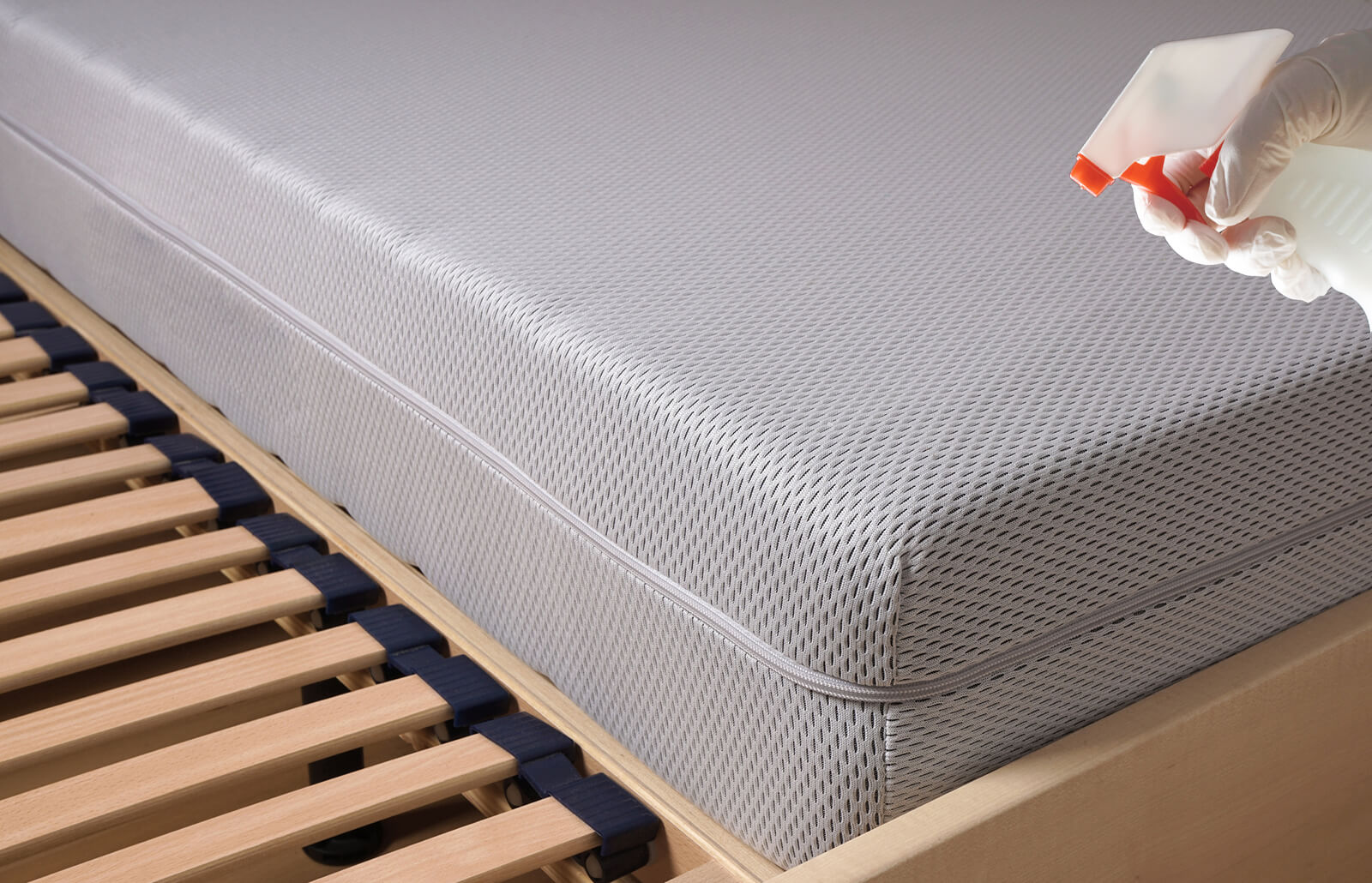
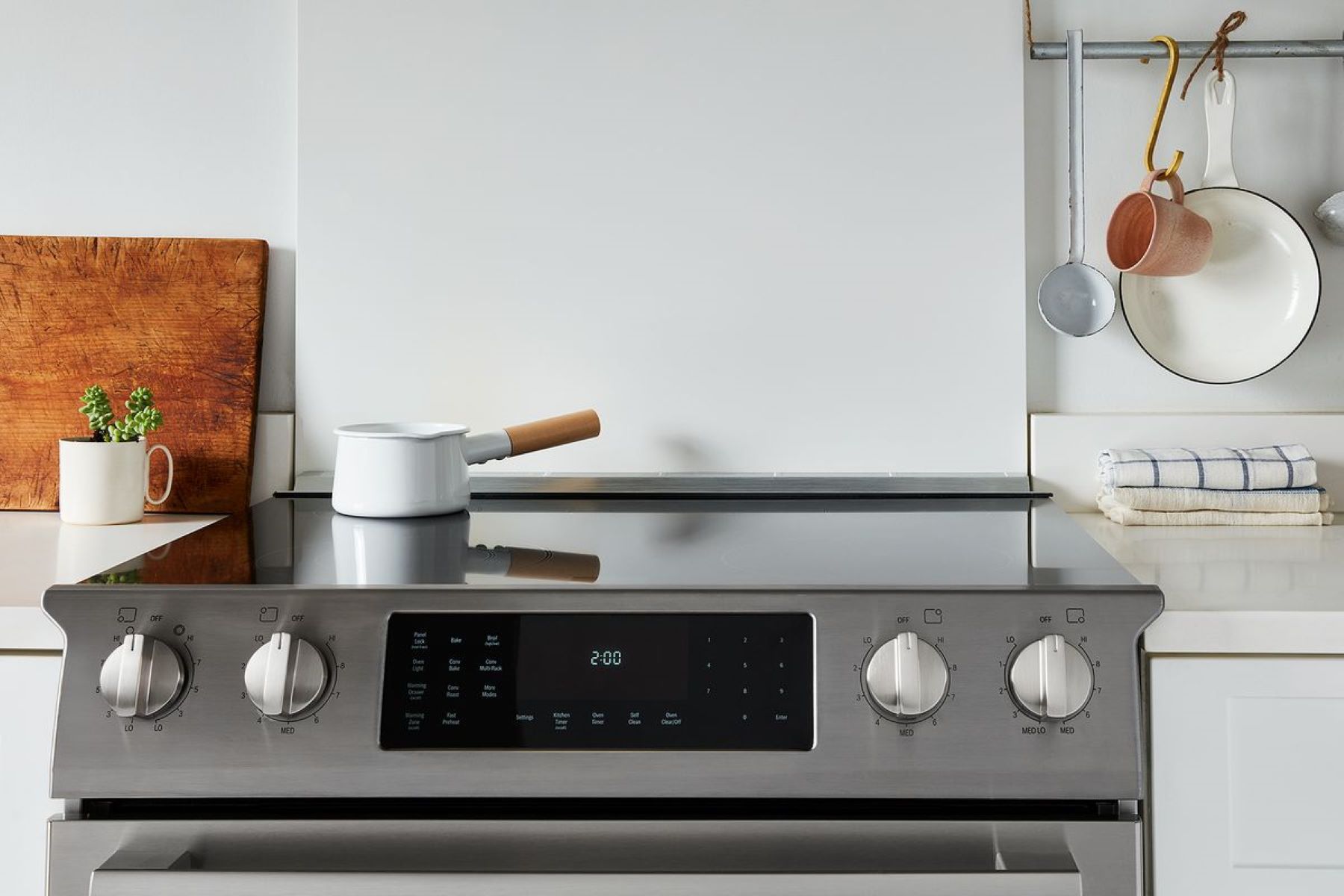
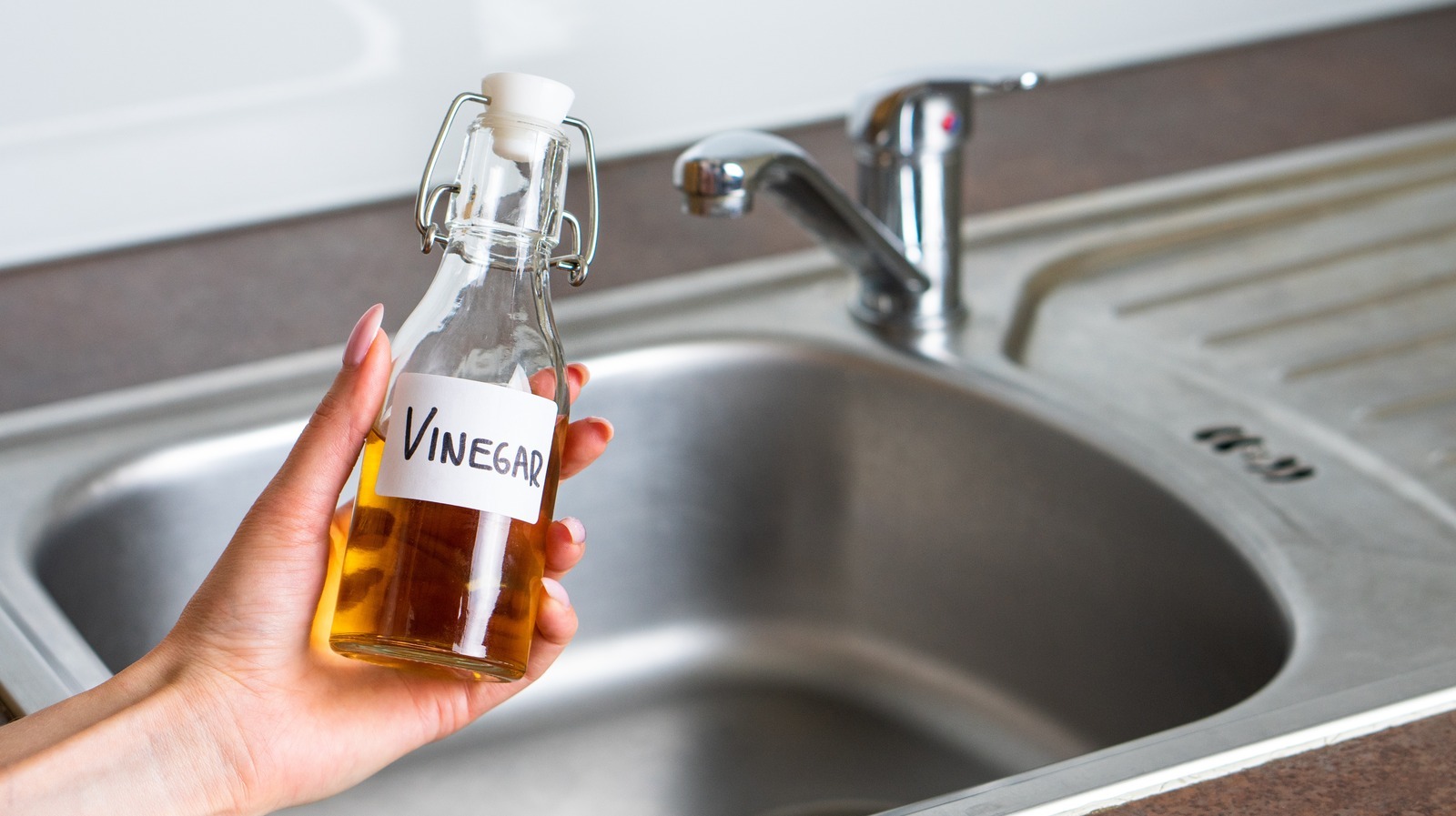
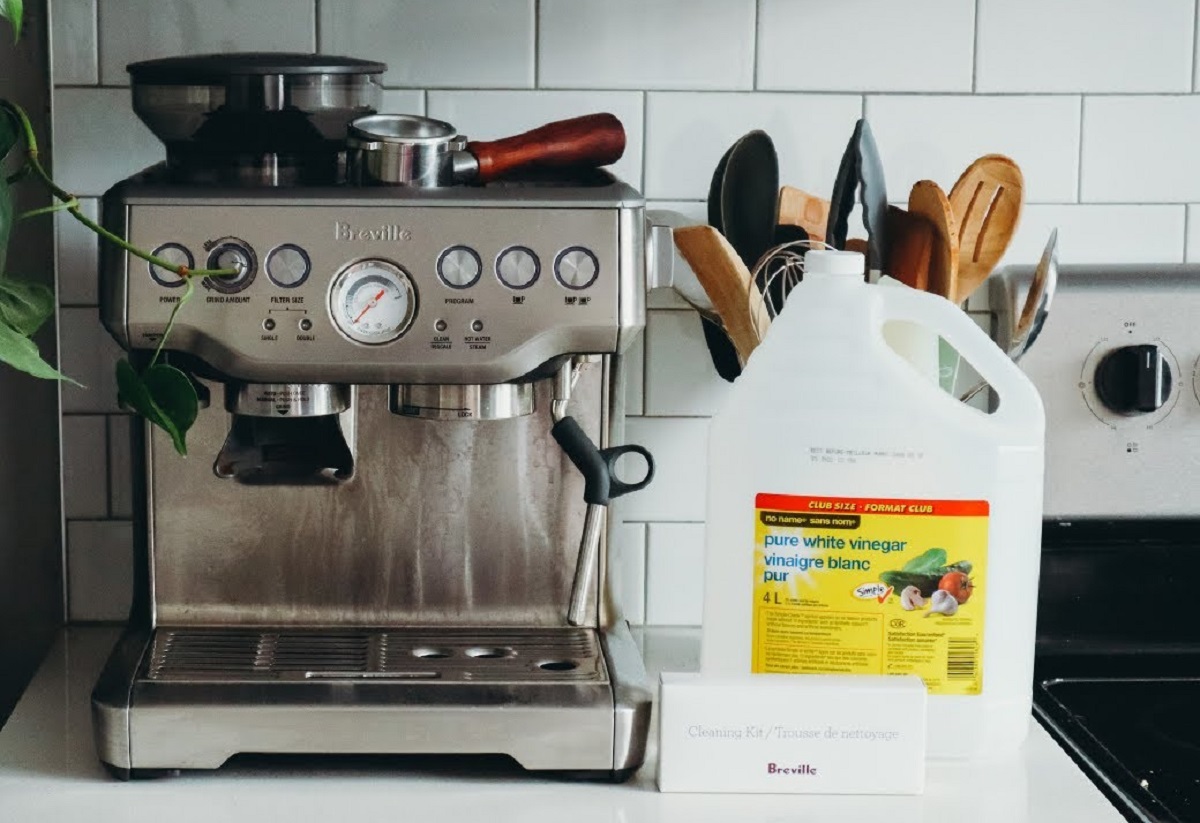
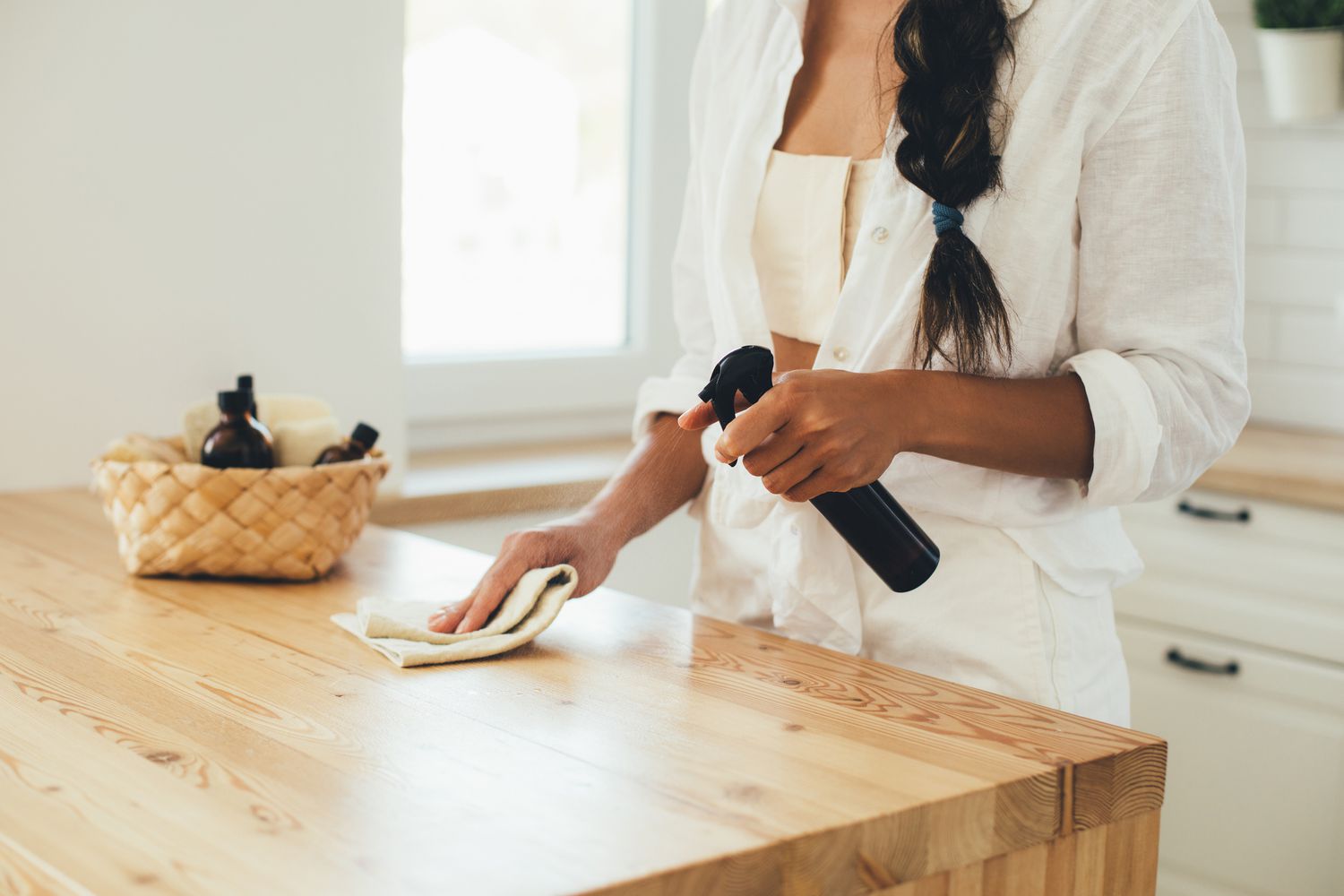
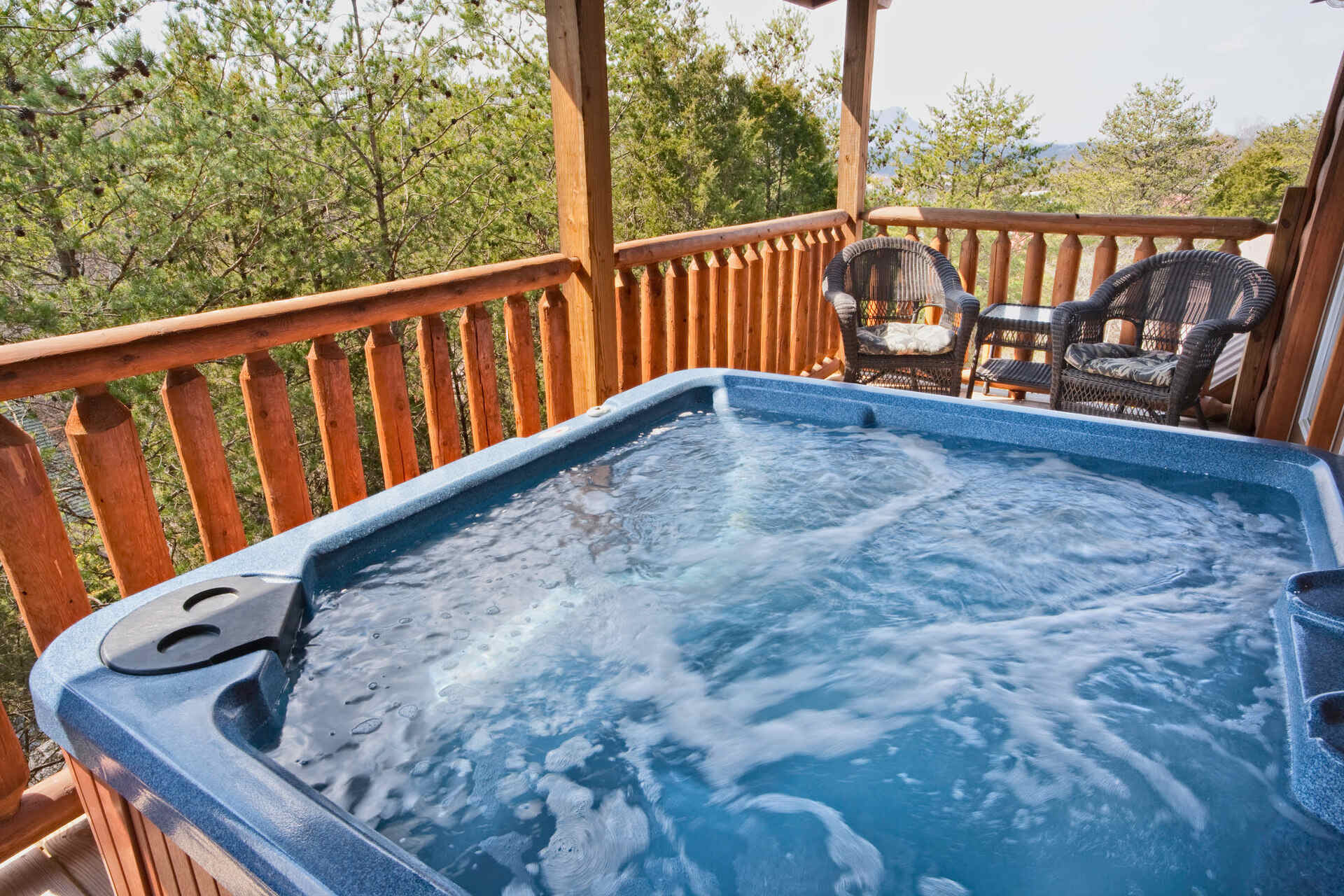
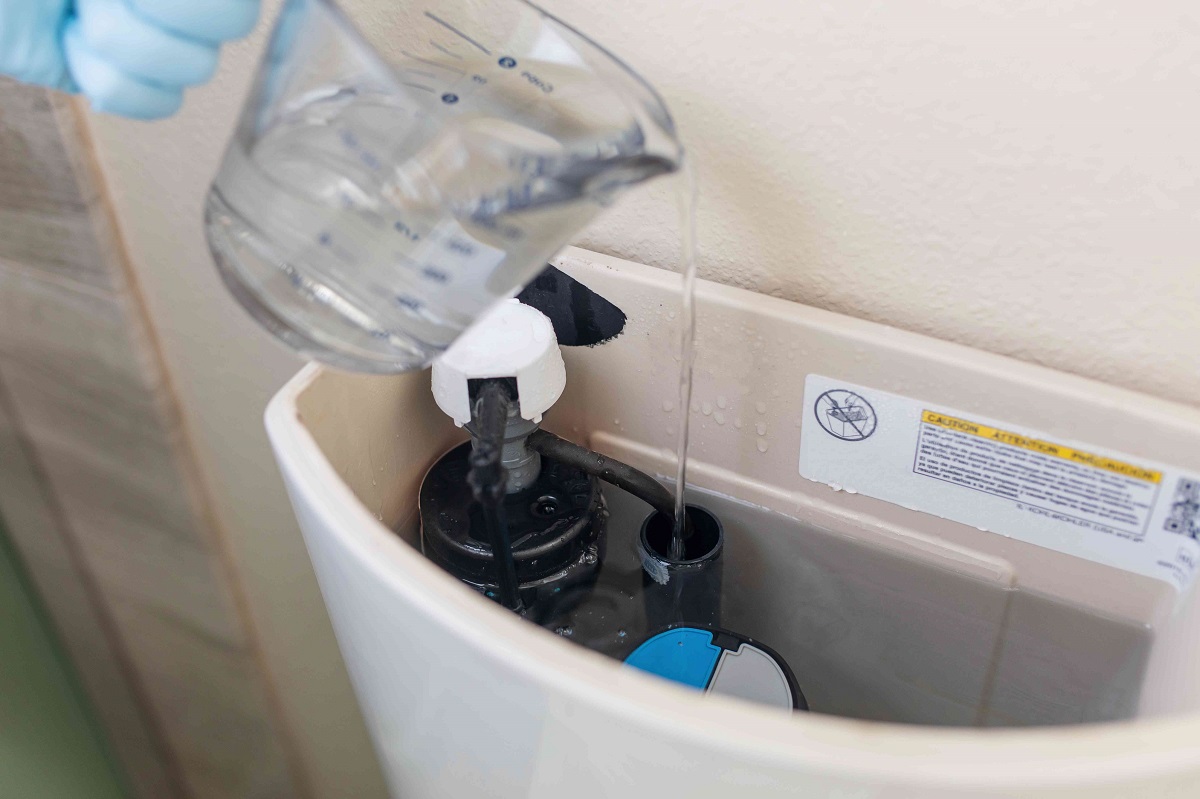
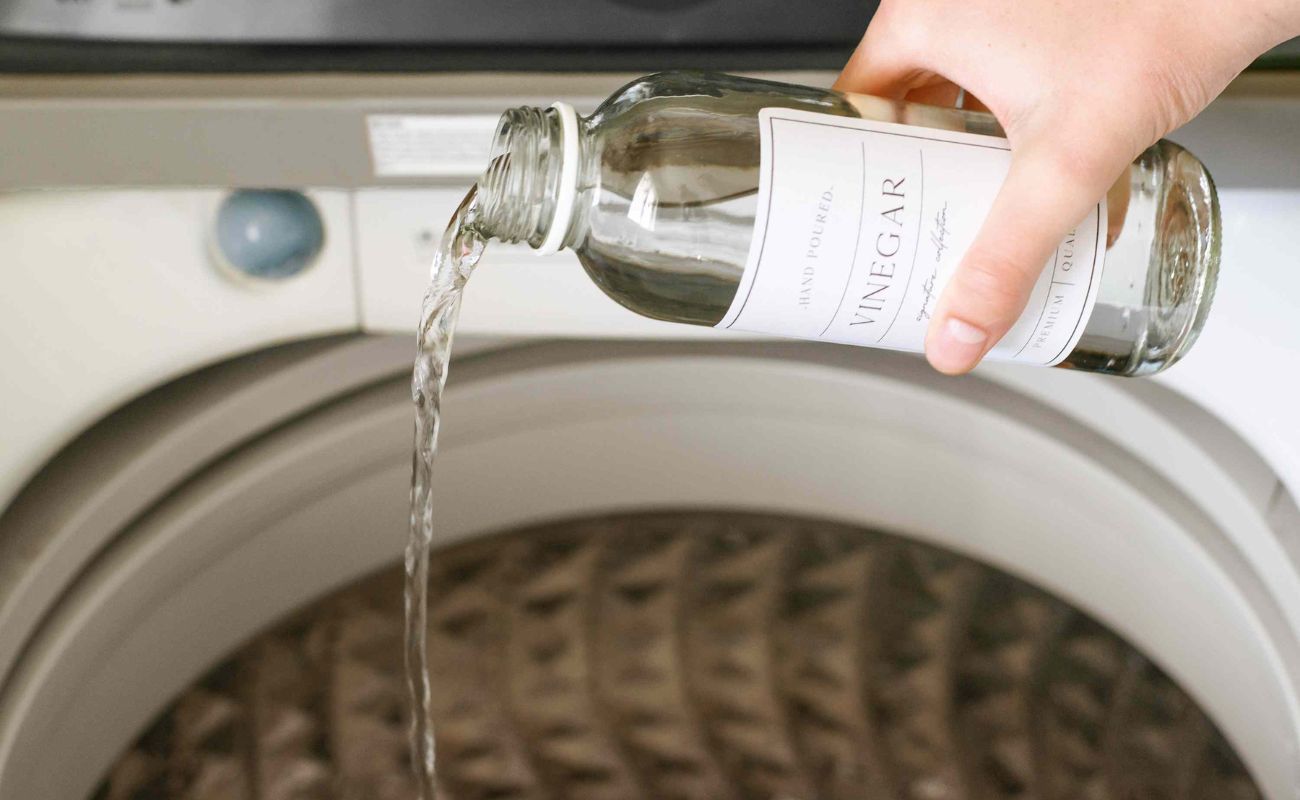
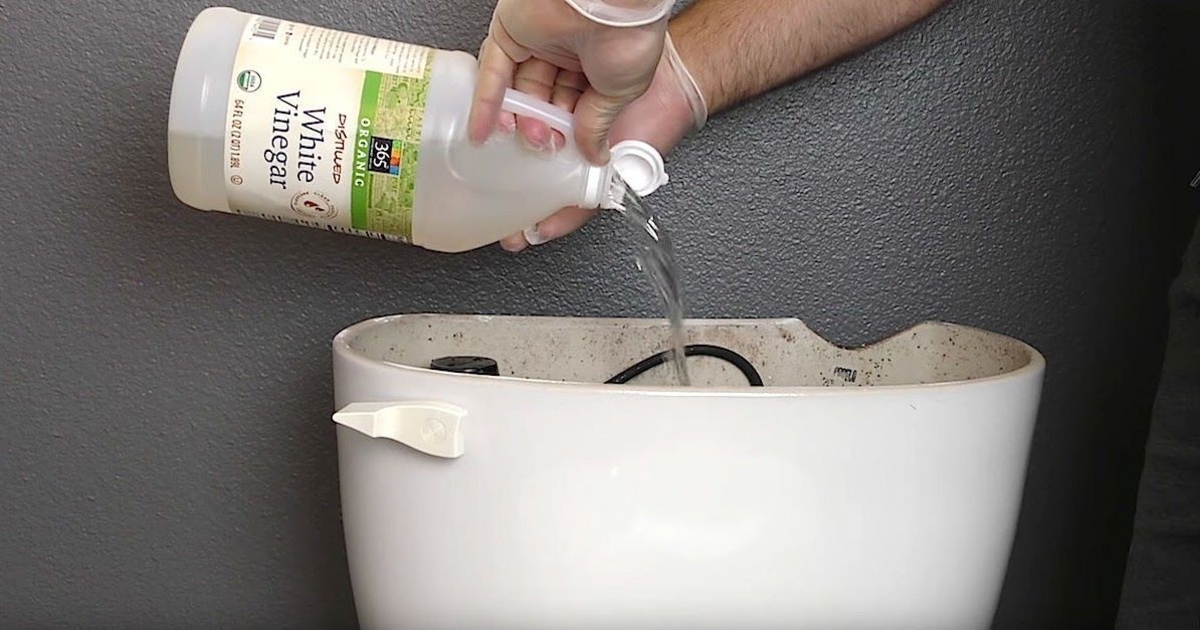
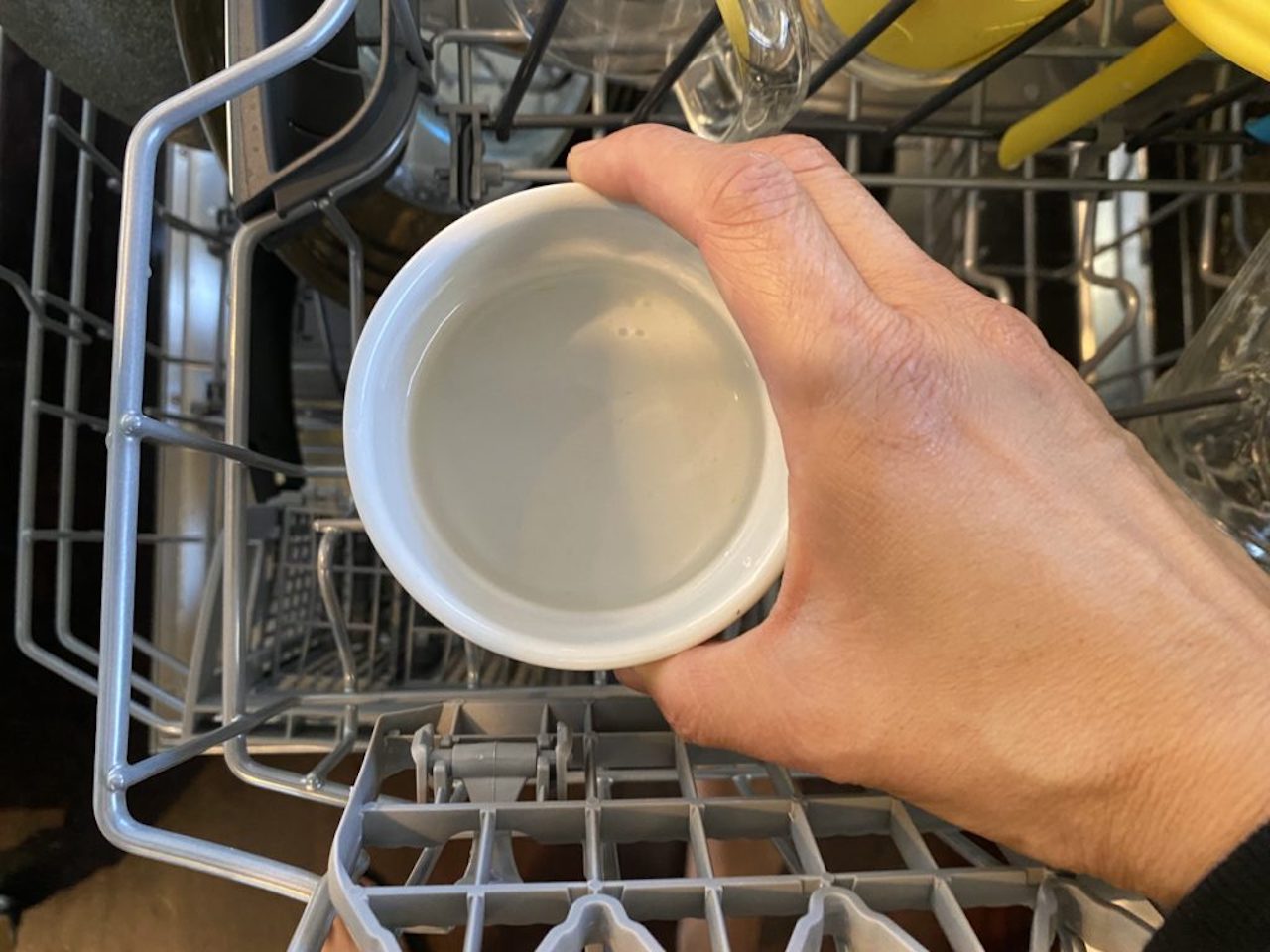
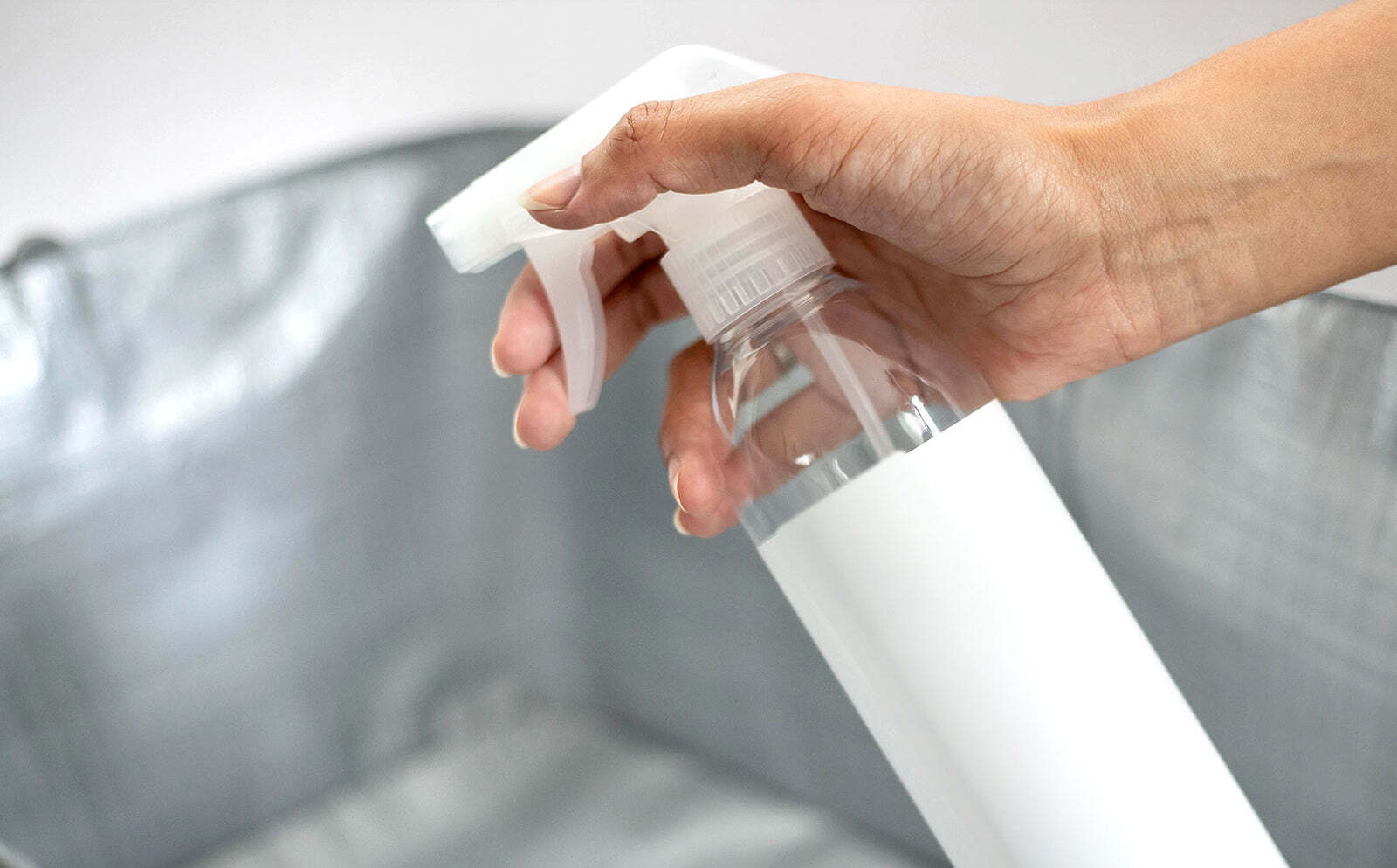
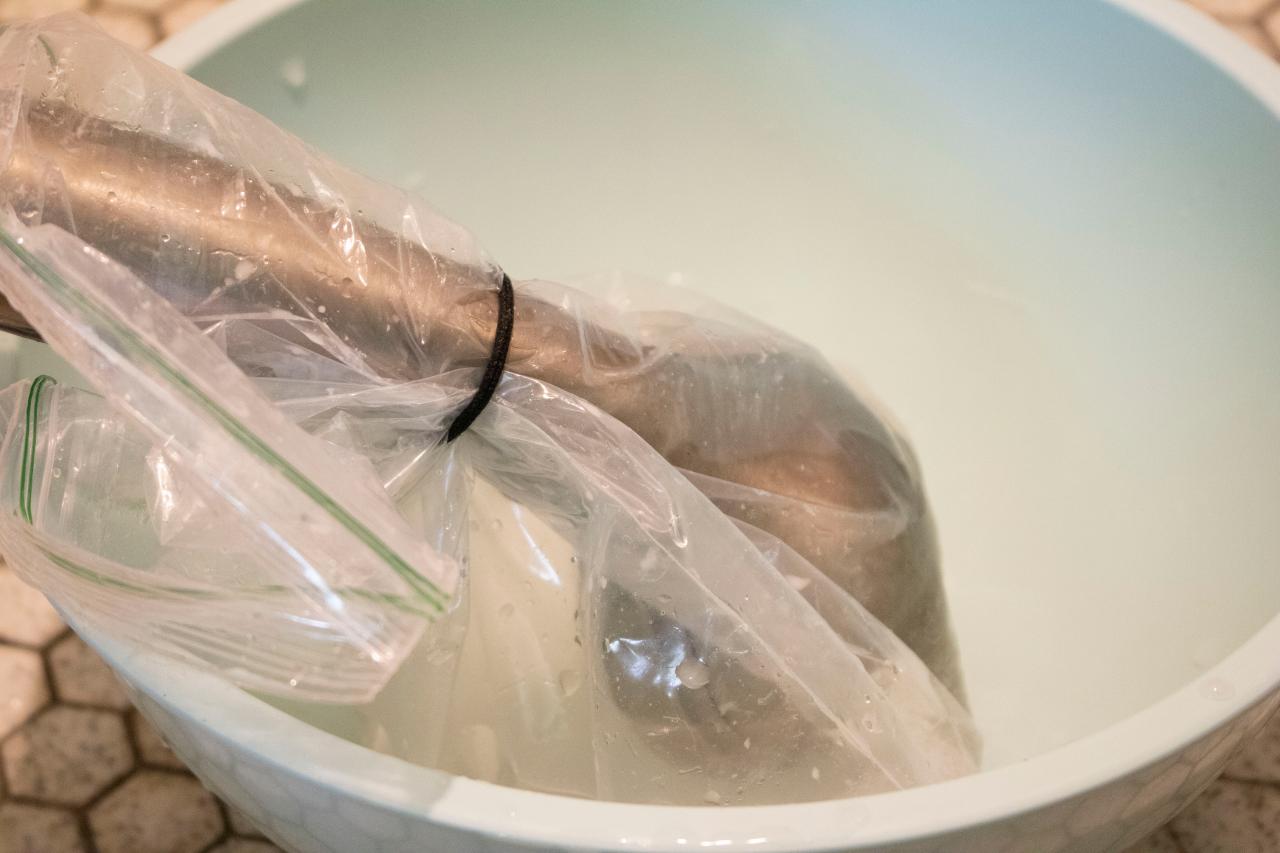
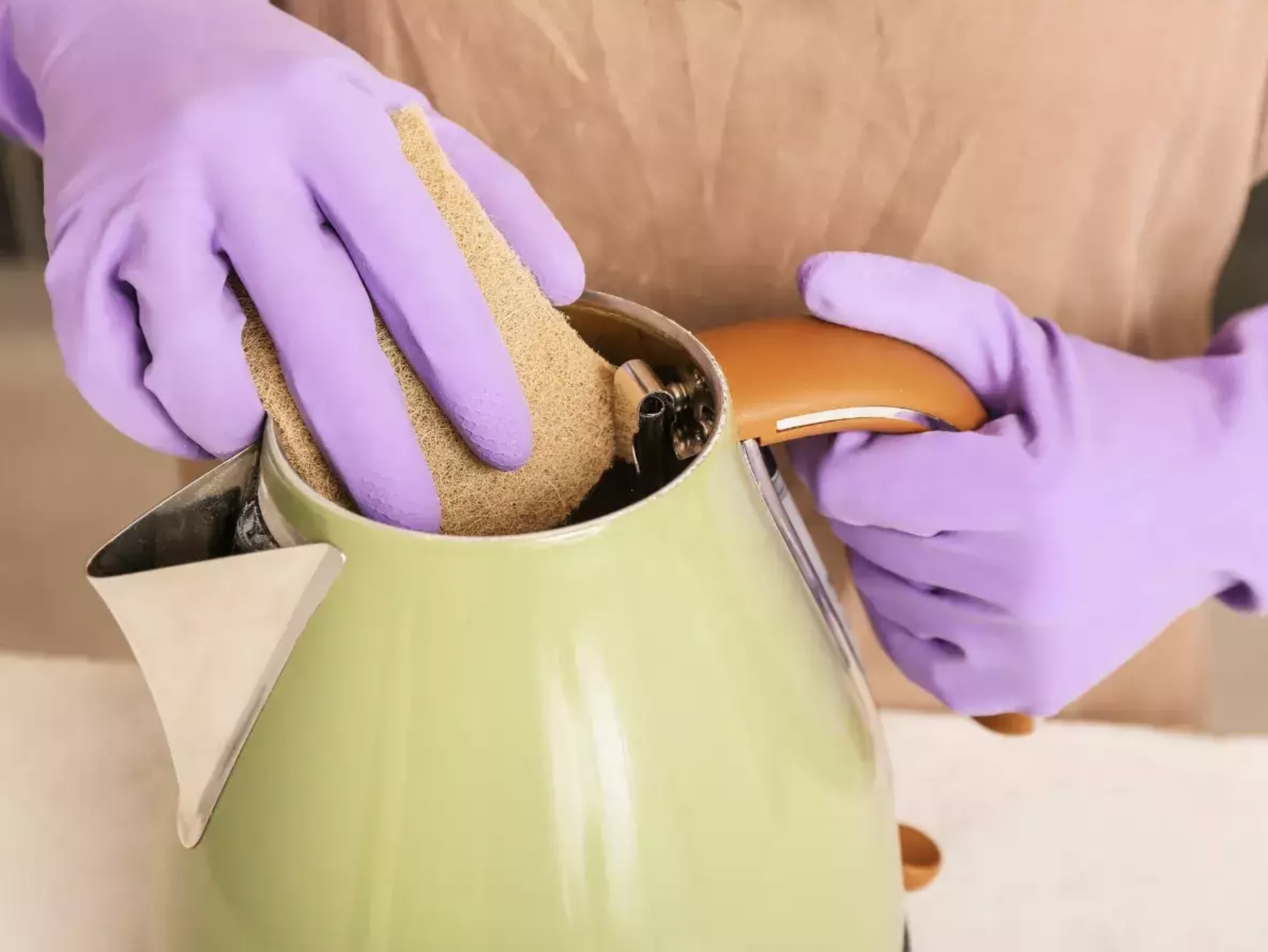

0 thoughts on “How To Clean Glass With Vinegar”